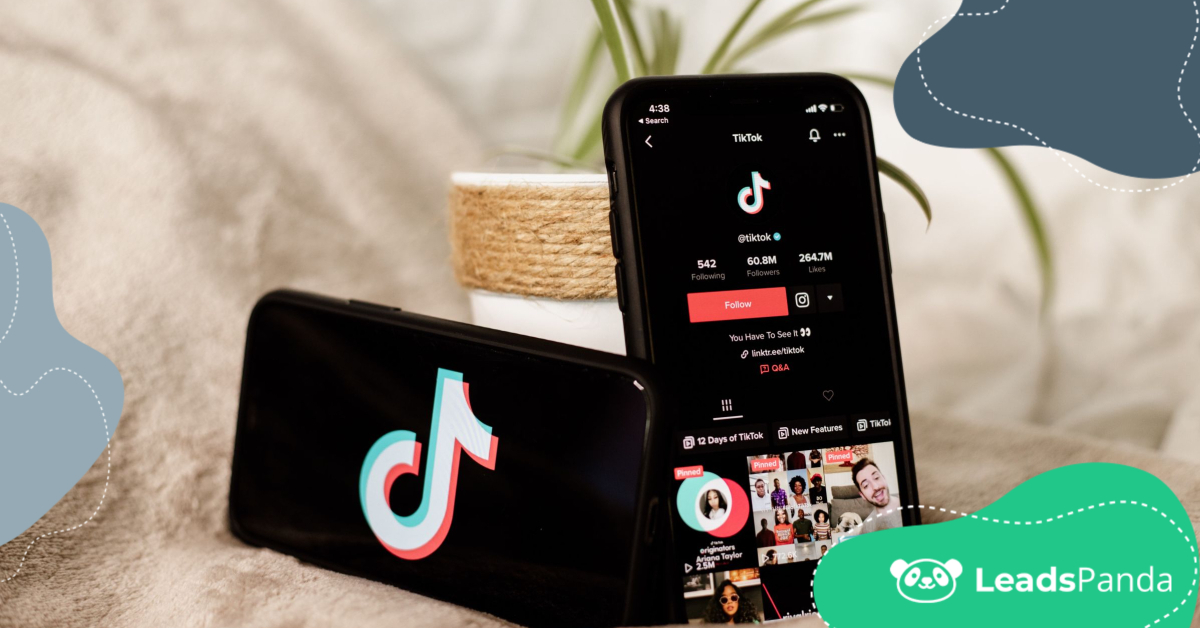From YouTube to TikTok–Understanding The Modern Video Marketing Strategy
For a long time, video marketing was inaccessible to many content marketers. It was time consuming, complex, and difficult.
It took specialized skills to create effective videos, and the process required a lot of production time and effort. Editing was especially difficult. And while the distribution of content was fairly easy through online means, getting to that point required incredible resources from a business, in both time and money.
But recently, technology has evolved to the point that marketing videos can easily be produced, created, and disseminated online. Marketers even have multiple platforms and formats to try.
A Brief History of Video Marketing
In 2010, video marketing began gaining a foothold in the mainstream. At the time, creating a video was complex. It required special tools and training to produce. For businesses with smaller budgets, creating a video for marketing purposes was simply out of reach.
Eventually, newer video sharing platforms made it significantly easier for marketers to produce videos. Biteable, for example, largely considered the world’s simplest video maker, combined with the proliferation of smartphones, made it possible for everyone to shoot videos and share them on social media.
Social media was also a big factor that propelled the popularity of video marketing forward as it became apparent that video generated more engagement than static images.
Where cost and time once prohibited marketers from using videos as a marketing tool, modern hardware and software now make it possible for almost anyone to create a studio-quality video and post it online in just minutes—regardless of whether you have the skill, training, or a large budget to do so.
YouTube
It would be difficult to talk about the rise of video as a marketing tool without talking about the growth of YouTube.
Before it launched in 2005, videos weren’t particularly prevalent on the Internet. Blogs were the biggest thing back then; apart from a corporation’s professionally produced video on its website, video simply wasn’t a priority. They were expensive to create and audiences didn’t really have the technology needed to consume them—for example, not everyone had high-speed internet or a smartphone to view videos on.
With the advent of YouTube, people finally had a platform they could use to consume video content. On YouTube, they could not only watch, but they could also create and upload their own videos. In terms of hardware, computers now had webcams and mobile phone cameras were improving significantly year after year.
Connectivity was also getting better, with mobile providers offering unprecedented data speeds.
It wasn’t long before YouTube became the go-to site for video content.
Google Makes a Big Purchase
Even then, Google was the premier search engine. Recognizing the value of YouTube, Google purchased it in 2006.
It wasn’t long before businesses began syndicating their existing brand content and creating videos with the sole purpose of publishing them on YouTube, using this strategy as a way to boost their SEO efforts.
By 2007, Google introduced YouTube ads as a way to monetize the platform and give businesses more measurable ROI. As a result, brands began to prioritize video content creation to target the growing YouTube audience.
Businesses began to recognize the value and power of user-generated video content as well at this point. After all, 92% of consumers tend to trust peer recommendations over any other form of traditional advertising. And in general, user-generated content delivered close to 30% higher engagement, likely due to this type of content being more relatable and authentic.
The Rise of Livestreaming
By this time, Facebook had begun to allow users to upload video content on their feeds. It demonstrated one key thing: that video content prompted bigger and better engagement. It wasn’t long before Facebook began to introduce business pages for brands and the option to feature optimized video content to gain visibility. At the same time, Facebook launched Facebook Live as platforms such as Periscope—at the time available via Twitter—began gaining buzz.
Live Streaming quickly gained popularity as the world began to realize that they had the tools to access video content on demand. Businesses recognized the potential of behind-the-scenes content, mirroring the way network TV gave viewers a backstage look at prime time shows. It was the kind of content that audiences loved—simple, authentic, and unscripted.
The Power of Mobile
As video consumption steadily rose, so did the adoption of smartphones. With every year that passed, smartphones became more powerful. And everyone with a smartphone was watching videos on it. Over a billion hours of video were being watched by then, and over half of these views were from mobile devices.
Additionally, these smartphones were capable of shooting videos. The number of creators on YouTube started to boom, generating incredible viewership and engagement. This gave businesses even more reason to tap newly emerging influencers for product reviews or endorsements, and we began to see content from tutorials to unboxing videos.
Introducing: Short Form Video Content
With video content getting easier and easier to produce and watch, platforms such as Snapchat then began to usher in a new wave of content creators.
In place of highly polished video content, users began creating short form vertical videos that users could customize with stickers, geo-filters, and other features that made video creation more fun even for the relative newbie. This made video storytelling more accessible from the perspective of the creator.
At the heels of Snapchat was the inevitable rise of TikTok.

TikTok is the preferred social media platform of today’s generation. It saw the fastest rise of any social media platform—and for good reason. It combined the accessibility of YouTube content, the functionality of Biteable, and the playfulness of Snapchat in a new, free, mobile app. In fact, it has grown so much in popularity that even powerhouse social media platforms like Instagram began incorporating a similar video format, Reels.
There is no doubt that video marketing is here to stay. And ultimately, authenticity will be a clear driving force for adoption and use. TikTok—which has this in spades—is steadily rising in popularity, with a gradually increasing fan base that will soon cross over beyond its Gen Z users.
To learn more about how you can maximize video marketing for your business, reach out to us. Book a consultation or get started with LeadsPanda to find out how we can help you.
For any questions, leave a comment below or check out our LinkedIn or Twitter.
Share This Story
One Comment
Leave A Comment
Get the latest growth ideas, strategies, and best practices delivered to your inbox.
Quick read that helps 7000+ subscribers.









[…] 2.5 billion monthly active users, YouTube is the top video platform. AI optimizes video recommendations, driving 70% of total watch time. AI-based video analysis tools […]